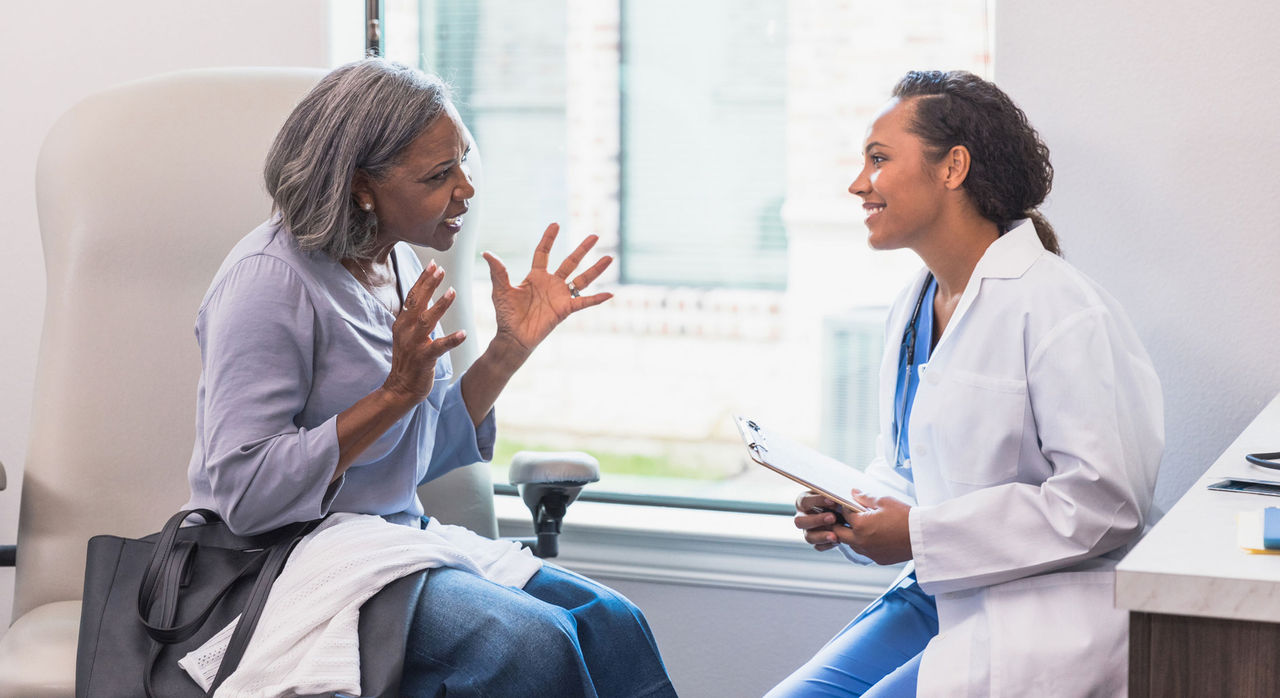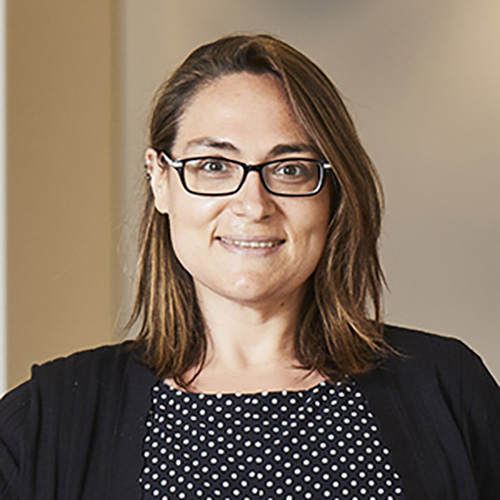-
- Find Care
-
- Visitor Information
- Find a Location
- Shuttles
- Visitor Policies
-
-
- Our Virtual Care Options
- Virtual Urgent Care
- Virtual Visits for Primary & Specialty Care
- Online Second Opinions
- Participate in Research
-
- Contact us
-
- For Innovators
- Commercialization Guide for Innovators
-
-
- Research News
- Alzheimer's Disease
- Artificial Intelligence
-
- Overview
-
- Overview
- Getting Started
- New to Mass General Brigham
- International Patient Services
- What Is Patient Gateway?
- Planning Your Visit
- Find a Doctor (opens link in new tab)
- Appointments
- Patient Resources
- Health & Wellness
- Flu, COVID-19, & RSV
- Billing & Insurance
- Financial Assistance
- Medicare and MassHealth ACOs
- Participate in Research
- Educational Resources
- Visitor Information
- Find a Location
- Shuttles
- Visitor Policies
- Find Care
-
- Overview
- Our Virtual Care Options
- Virtual Urgent Care
- Virtual Visits for Primary & Specialty Care
- Online Second Opinions
-
- Overview
- Participate in Research
-
- Overview
- About Innovation
- About
- Team
- News
- For Industry
- Venture Capital and Investments
- World Medical Innovation Forum (opens link in new tab)
- Featured Licensing Opportunities
- For Innovators
- Commercialization Guide for Innovators
- Contact us
-
- Overview
- Information for Researchers
- Compliance Office
- Research Cores
- Clinical Trials
- Advisory Services
- Featured Research
- Two Centuries of Breakthroughs
- Advances in Motion (opens link in new tab)
- Brigham on a Mission (opens link in new tab)
- Gene and Cell Therapy Institute
- Research News
- Alzheimer's Disease
- Artificial Intelligence
-
- Overview
-
- Overview
- Residency & fellowship programs
- Brigham and Women's Hospital
- Massachusetts General Hospital
- Mass Eye and Ear
- Newton-Wellesley Hospital
- Salem Hospital
- Integrated Mass General Brigham Programs
- Centers of Expertise
- Global & Community Health
- Health Policy & Management
- Healthcare Quality & Patient Safey
- Medical Education
- For trainees
- Prospective trainees
- Incoming trainees
- Current trainees
- Continuing Professional Development
Don't Delay Your Mammogram - The Importance of Screening

This year, breast cancer will account for an estimated 30% of all new cancer diagnoses in women. Aside from skin cancer, it’s the most diagnosed cancer among women in the United States. And though the rates of deaths related to breast cancer have declined, it continues to be the second-highest cause of cancer death among women.
The Centers for Disease Control and Prevention (CDC) recommends regular breast cancer screenings — called mammograms — to help detect and treat breast cancer as early as possible.
But for many, keeping up with regular mammograms is easier said than done.
Sharon Jelena Phillips, MD, MPH, MS, is a Mass General Brigham family medicine doctor. As a primary care provider (PCP), she often talks with patients about, and refers them for, mammograms. She understands the many obstacles that can make it hard to get routine screenings.
In this article, Dr. Phillips explains the importance of mammograms, and highlights the risks and benefits of the procedure.
What is a mammogram?
A mammogram is an x-ray image of your breast that doctors use to look for anything that might be concerning in your breast tissue. When you have a mammogram, a technician asks you to face an x-ray machine. They then place your breasts, one at a time, on a flat surface. They compress each breast using a “compression paddle,” a second flat surface that flattens the breast from above.
“Technicians compress the breast so they can see it in layers. It must be as thin as possible so that they can take a picture all the way through,” explains Dr. Phillips. “It’s uncomfortable, but it’s pretty quick,” she adds. Actual breast compression typically lasts around 15 seconds during the procedure.
When should I start scheduling regular mammograms?
Leading organizations differ slightly in their guidance on when to begin regular breast cancer screening. Depending on your breast cancer risk factors, the American Cancer Society recommends that you and your doctor may decide to begin regular screenings starting at age 40. Women aged 45 to 54 should get mammograms every year, whereas women 55 and older can switch to mammograms every other year, or continue with annual screening.
Other organizations recommend women start screenings sooner. For example, all women and people assigned female at birth (AFAB) should start getting regular screening mammograms at age 40, according to updated guidelines from the U.S. Preventive Services Task Force. The new advice calls for an earlier recommended age for screening after evidence revealed an increase in breast cancer among patients in their 40s.
Many women choose to start screening earlier and sometimes more frequently. On an individual level, recommendations for when to begin screening can vary based on factors such as family health history and lifestyle.
Because of the variances, Dr. Phillips encourages patients to consult with their PCPs about the best time to begin regularly screening for mammograms. “It’s really important for people with breasts to discuss their individual risk, values, and preferences with their providers—especially if they’re in that 40-50-year-old range.”
Why do people put off their mammograms?
According to Dr. Phillips, there are many reasons people put off their regular mammogram screenings.
“Mammograms are uncomfortable,” she explains. “Some people feel awkward because it’s a procedure involving their breasts. There are barriers for people who have mobility problems. And there is a lot of anxiety about the possibility of finding something wrong. Then, finally, it’s the issue of prioritizing: Women don’t prioritize their own health sometimes. I would say that’s a huge barrier: Women being the caretakers for everyone but themselves.”
For patients about to receive their first mammogram, anxiety can be especially high. That’s because the first mammogram is often known for “false positives” — meaning patients may be called back to investigate anything that seems unusual on their images.
“Getting called back after your first mammogram is not uncommon at all,” says Dr. Phillips. “When you get called back, it’s usually because they didn’t get a great view of something in your breast. With the first mammogram, we’re establishing a baseline of what’s normal.”
“But even if you’re called back because there’s something wrong, we want to know about it and deal with it right away,” she adds. This is because early detection can be critical to successful breast cancer treatment.
The importance of mammograms
Mammograms are one of the best tools doctors have to find breast cancer early. Early detection means that breast cancer is not only easier to treat, but also that it’s not yet big enough to be felt, or to cause significant problems. Routine screening reduces patients’ risk of dying from breast cancer.
How fast can breast cancer develop between mammograms?
It’s important to understand that everyone’s breast tissue changes over time, and breast cancer can develop at any time. Differences in breast cancers and bodies make it difficult to say exactly how fast breast cancer will grow and spread in the body. However, research has shown that “interval breast cancers” — cancers that develop between screenings — have been detected in 12%-26% of people who are screened each year. That’s why it’s important to pursue regular mammograms even if you’re not at a high risk for breast cancer.
Mammogram benefits
For many patients, mammograms come with invaluable benefits. Regular mammograms may:
- Detect cancer at its earliest stages when it is most treatable
- Reduce the risk of death related to breast cancer
- Conserve breast tissue
- Provide important peace of mind
Everyone’s circumstances are completely unique and personal. “That’s why talking to your provider and emphasizing your preferences and values is truly important,” says Dr. Phillips. “Together, you and your provider can establish what’s best for you.”
Mammogram risks
As with any medical procedure, there are some risks to receiving a mammogram—but they might not be exactly what you expect.
“There is a radiation risk — but it’s quite small,” Dr. Phillips explains, adding that the risks with greater impact can include:
- Additional procedures: In some cases, patients may need to get an additional procedure, such as a biopsy. A biopsy is when a doctor removes tissue from your body and checks it for cancer cells.
- Time: It takes time to plan for taking time off work or arranging childcare, to travel to and from the appointment, and to recover from any follow-up procedures.
- Anxiety: People may experience feelings of anxiety in the lead-up to their mammogram, as well as any related follow-up tests.
- Expenses: As with any medical appointment, there may be costs associated with your mammogram and/or any follow-up appointments you may need.
Are mammograms preventive care?
We are not yet able to prevent breast cancer completely. By keeping up with regular mammogram screening appointments, health care providers can detect and treat breast cancer much earlier. This can lead to better outcomes and increased survival rates.
When it comes to your concerns about mammogram no question is too small. Take time to learn all you can about mammograms and your individual risk with your PCP — then work together to come up with the best plan for you.
